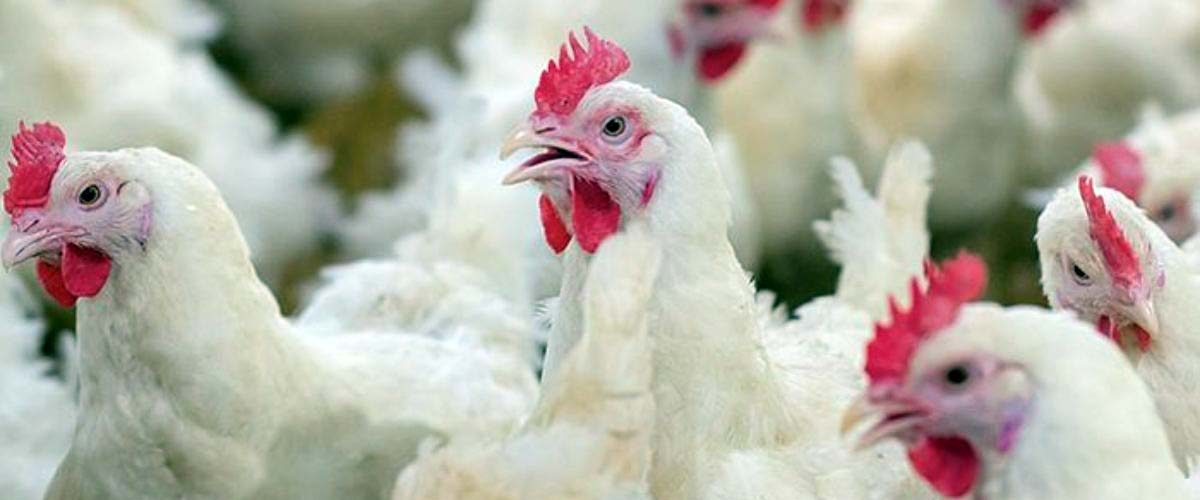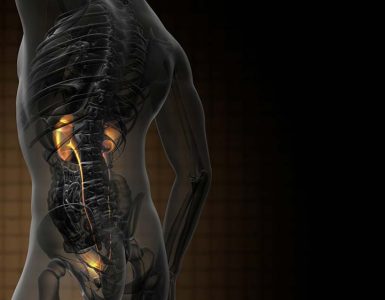Ripe fruits are utilized to treat gastric intestinal troubles, including dysentery, diabetes, indigestion as well as constipation in Thailand, chiefly the Northeastern region1. Antidesma sp. is a fruit species and is known as mao in Thailand. Its ripened fruits contain satisfactory amount of nutrients and natural antioxidants2.
Mao juice and wine industry in Thailand is generating huge wastes and by-products, mainly mao pomace3. Lokaewmanee and Sansupha4 reported that total amount of carbohydrate, total dietary fiber, dry matter, total calories, insoluble fiber, vitamin B1, vitamin E in the alpha-tocopheral, cystine, malic acid, tartaric acid and citric acid in mao pomace from juice production are higher as compared to mao pomace from wine production.
Moreover, phytochemicals are also present in mao pomace that include antioxidant, anti-inflammatory, anti-apoptotic as well as anti-carcinogenic activities5. Considering these beneficial facts, mao pomace can be efficiently as a feed for goat6.

Scientists suggested that addition mao pomace at 1.0% in the diet of laying hen can enhance egg production and decrease blood cholesterol as well as improve egg quality7. Accordingly, supplementation of mao pomace in the diet of broilers can also amplify the effectiveness of by-products utilization in the feeding systems. However, mao pomace has not been studied to be utilized as a feed additive for broiler chickens.
Therefore, a new study was carried out in order to evaluate the impact of mao pomace supplementation on broiler productive performance and economic return. For this purpose, 400 days old Cobb broilers were randomly allocated into four treatments with five replications; 20 birds per replicate by following completely randomized design8.
This study revealed that dietary supplementation with mao pomace juice (MPJ) can enhance the viability rate in broiler chickens. This phenomenon points out that MPJ can be a potential substitute to antibiotic growth promoters for improving health status. However, detailed research is required to examine the potential effect of MPJ on chicken muscle traits as well as meat quality, including the taste of valuable parts in detail.
Key words: Antidesma sp., mao pomace juice, antioxidants, phytochemicals, anti-carcinogenic activities, feeding systems, broiler chickens, productive performance
References:
- Butkhup, L. and S. Samappito, 2008. An analysis on flavonoids contents in mao luang fruits of fifteen cultivars (Antidesma bunius), grown in Northeast Thailand. Pak. J. Biol. Sci., 11: 996-1002.
- Nuengchamnong, N. and K. Ingkaninan, 2010. On-line HPLC-MS-DPPH assay for the analysis of phenolic antioxidant compounds in fruit wine: Antidesma thwaitesianum Muell. Food Chem., 118: 147-152.
- Gunun, P., N. Anantasook, M. Wanapat, S. Sirilaophaisan and W. Kaewwongsa et al., 2014. Influence of Mao pomace supplementation on degradability and in vitro gas production. Khon Kaen Agric. J., 43: 386-391.
- Lokaewmanee, K. and S. Sansupha, 2015. Nutritive values of mao pomace (Antidesma sp.). Agric. Sci. J., 46: 569-572.
- Puangpronpitag, D., P. Yongvanit, P. Boonsiri, M. Suttajit, P. Areejitranusorn, H.K. Na and Y.J. Surh, 2011. Molecular mechanism underlying anti-apoptotic and anti-inflammatory effects of Mamao (Antidesma thwaitesianum Mull. Arg.) polyphenolics in human breast epithelial cells. Food Chem., 127: 1450-1458.
- Gunun, P., M. Wanapat, N. Gunun, A. Cherdthong, S. Sirilaophaisan and W. Kaewwongsa, 2016. Effects of condensed tannins in mao (Antidesma thwaitesianum Muell. Arg.) seed meal on rumen fermentation characteristics and nitrogen utilization in goats. Asian-Aust. J. Anim. Sci., 29: 1111-1119.
- Sirilaophaisan, S., P. Gunun, K. Sintala, P. Punyakaew and T. Kimprasit, 2016. Effects of dietary Mao Pomace supplementation on egg production performance, egg quality and hematology of laying hens. J. Agric., 32: 273-281.
- Kanda Lokaewmanee , 2017. Performance and Economic Evaluation of Broilers Fed Varying Dietary Levels of Mao Pomace. Asian J. Anim. Vet. Adv., 12: 319-324.
















Add comment